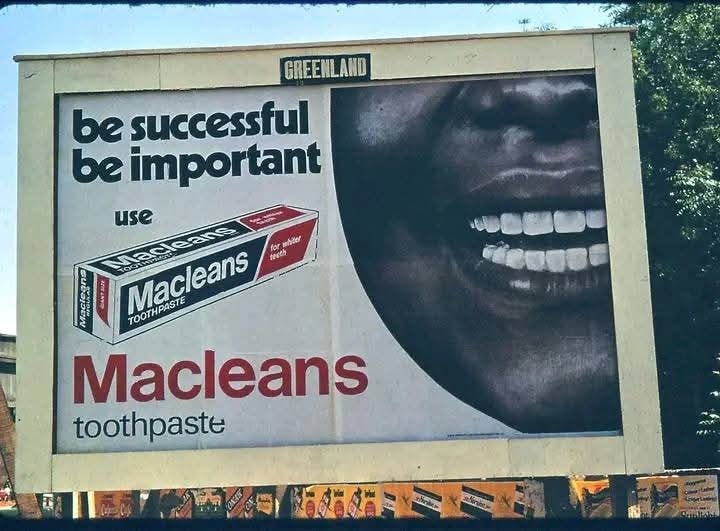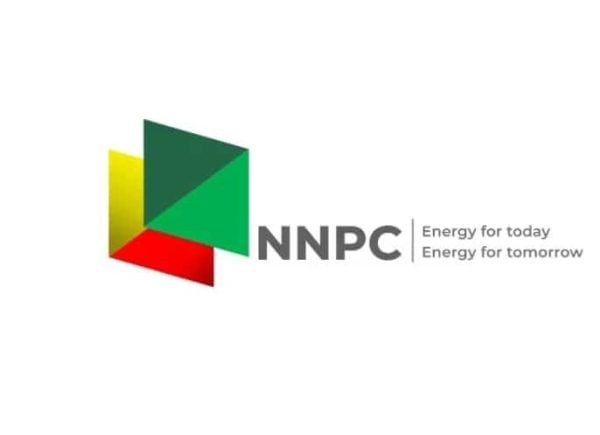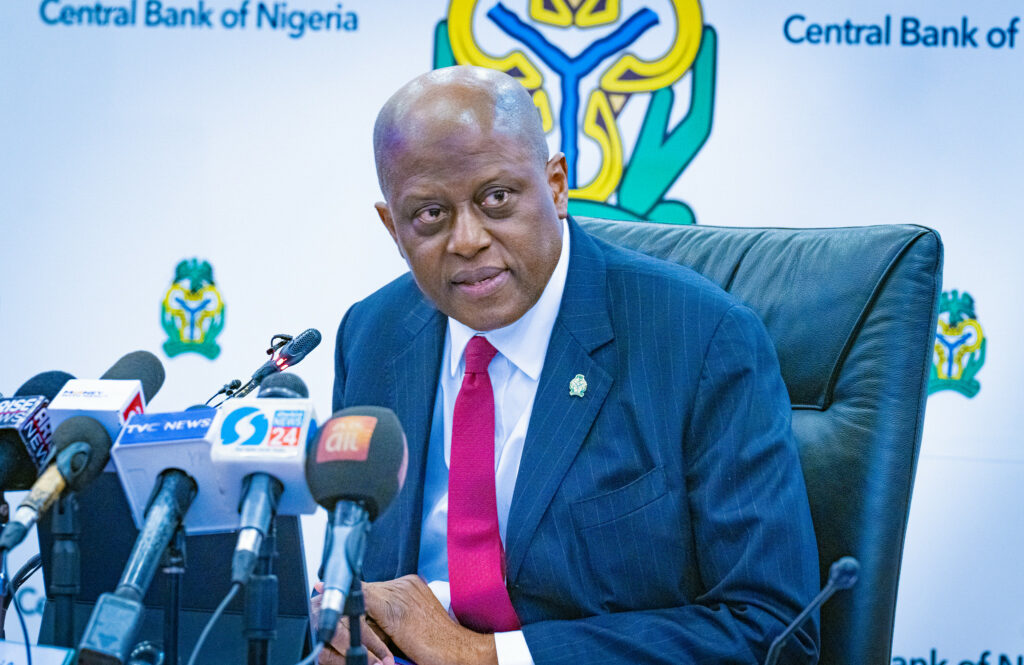The Federal Government has ordered ministries, departments, and agencies to carry over 70 per cent of their 2025 capital budget into the 2026 fiscal year as the administration moves to prioritise the completion of existing projects and contain spending pressures in the face of weak revenues.
This directive is contained in the 2026 Abridged Budget Call Circular issued by the Federal Ministry of Budget and Economic Planning and circulated to all ministers, service chiefs, heads of agencies and top government officials in Abuja.
The circular, which was seen by The PUNCH on Monday, stated that the annual budget estimates must follow strict guidelines and that all officers responsible for budget preparation were expected to comply fully. The circular made clear that the preparations for the 2026 budget would not allow the introduction of new capital projects.
It stated that ministries and agencies must continue with the allocations already approved in the 2025 budget rather than seeking fresh projects. The document said MDAs are required to upload 70 per cent of their 2025 budget to continue next year, and that this must be done in line with national priorities.
It explained that the rollover is based on what it described as the immediate needs of the country and the development priorities of the administration. It listed the priorities that align with the policy direction of the government, such as national security, the economy, education, health, agriculture, infrastructure, power and energy, as well as social safety nets, including women and youth empowerment.
According to the circular, “MDAs are to upload 70 per cent of their 2025 FGN Budget to continue in FY2026. All such rollover and uploads MUST be in line with the immediate needs of the country as well as government’s development priorities that aligns with the policy direction of the new administration which hinges on National Security, the Economy, Education, Health, Agriculture, Infrastructure, Power & Energy as well as social safety nets, women & youth empowerment.”
The circular stated that the government had established a framework that sets capital budget ceilings for 2026 at 70 per cent of the 2025 project allocations. It also explained that only 30 per cent of the 2025 capital budget would be released within the current fiscal year, while the remaining 70 per cent would serve as the foundation for the 2026 capital budget, replacing the previous method of a traditional rollover.
It said this would ensure continuity for ongoing projects and eliminate wasteful duplication. The document emphasised that ministries must not attempt to exceed their overhead ceilings from 2025 when preparing their 2026 submissions.
It acknowledged that inflation is affecting costs but said the government is constrained by revenue challenges. It added that the government would sustain the effort to achieve full release of the overhead budget but warned that proposals that go beyond approved ceilings would be adjusted downward.
According to the circular, “MDAs are required to work within and not exceed their 2025 overhead ceilings (Executive Proposal) for the purpose of preparing their 2026 Overhead budget submissions. While we note the impact of inflation on overhead costs, we are, however, constrained by revenue challenges in providing significantly more for overheads. We will, however, sustain the effort to achieve full release of the overhead budget.”
The circular explained that budget estimates must take into consideration the policies and strategies contained in the 2026 to 2028 Medium Term Expenditure Framework and Fiscal Strategy Paper, which it described as the Federal Government’s pre-budget statement.
It said the MTEF outlines development priorities and that the annual budget must be prepared in line with the policy thrust of the administration. It referred to the direction under the Renewed Hope Agenda, including the Renewed Hope Infrastructure Development Plan and Ward Development Plan, the National Development Plan, and other programmes, including the Accelerated Stabilisation and Actualisation Plan.
The circular said all expenditure would be properly scrutinised to allow only essential spending and to ensure value for money. It stated that the government remains committed to improving the efficiency and quality of spending and to strengthening budget formulation, implementation, monitoring, and evaluation.
MDAs were informed that they must submit their budgets online using the GIFMIS Budget Preparation Subsystem, while government-owned enterprises must submit theirs through the Budget Information Management and Monitoring System. Both submissions must be completed not later than Tuesday, December 9, 2025.
The circular warned that it is not the responsibility of budget officers to upload any submission on behalf of any ministry, department, or agency. On personnel costs, the circular stated that the Budget Office had already prepared estimates based on information obtained from the Integrated Personnel and Payroll Information System or submitted earlier by ministries.
It said each ministry would be advised of its personnel cost budget for the 2026 fiscal year. The financial framework accompanying the circular showed a tighter revenue position alongside rising debt service obligations. The amount available for the Federal Government budget, including government-owned enterprises, in 2026 is N54.46tn compared to N54.99tn in 2025.
Statutory transfers are projected at N3.15tn in 2026 compared with N3.64tn for 2025, while recurrent non-debt expenditure is projected at N15.26tn. Debt service increases from N13.94tn in 2025 to N15.52tn in 2026, according to the document. Aggregate capital expenditure is projected at N22.37tn in 2026, down from N26.19tn in the current year.
This is made up of capital supplementation, capital in statutory transfers, special intervention programmes, MDA’s capital expenditure, GOEs capital expenditure, grants, and donor-funded projects and project-tied loans. The amount available for MDA’s capital expenditure falls from N12.39tn in 2025 to N8.67tn in 2026, while the volume of project-tied loans declines sharply from N3.36tn to N2.05tn.
The deficit increases from N14.10tn in the current year to N20.12tn in 2026. Economist and professor at the Olabisi Onabanjo University, Sheriffdeen Tella, earlier faulted the basis of preparing the 2026 budget when implementation of the 2025 budget had barely begun.
Tella questioned how the government arrived at a deficit of N20tn when, according to him, the 2025 budget started late and had not generated any performance indicators to justify new projections.
He said he found the 2026 deficit troubling because “the budget of 2026 is supposed to be premised on the implementation or performance of 2025,” yet “they have just started implementing the 2025 budget… in December 2025.”
Tella added that “there is no basis for any budget because what they had, they have not implemented” and supported that the government should have rolled over the 2025 plan into 2026 instead of preparing a fresh document. The professor expressed concern that Nigeria risked operating multiple budgets in the same year, calling it a sign of fiscal disorder.
The National President of the Nigerian Economic Society, Professor Adeola Adenikinju, also criticised the government for drifting away from the January to December budget cycle. He said the timing of the MTEF FSP approval showed that Nigeria was again running behind schedule, which undermines predictability and complicates economic planning.
Adenikinju said, “The 2026 budget should have been in the National Assembly for consultation so that we can keep to this January 1st thing. That makes our fiscal system predictable.” He argued that the late budget presentation prevents the National Assembly from carrying out proper scrutiny.
The economist said the rush to approve budgets “does not allow for proper analysis” and prevents ministries and departments from fully defending their plans. He warned that the practice was creating a disorganised fiscal environment. According to him, “we are running two or three budgets in the same year,” and the pattern “makes the whole process very disorganised.”
Nevertheless, the Federal Government has said the 2026 budget will focus on ward-based development, infrastructure, security, and stronger domestic production as Nigeria adjusts to declining global aid.
Speaking in Abuja on Monday, at a stakeholders’ engagement with the Nigeria International Non-Governmental Organisation Forum, Minister of Budget and Economic Planning, Senator Abubakar Bagudu, said the next budget cycle will support the country’s $1tn economy target.
He explained that the Medium-Term Expenditure Framework approved by the Federal Executive Council sets out the assumptions for the 2026 fiscal year, including revenue projections, production targets, and the new strategy to drive growth at the community level.
Economists speak
Economists on Monday gave contrasting views on the government’s decision to carry over 70 per cent of the 2025 capital budget into 2026, speaking with The PUNCH in separate telephone conversations.
A development economist and Chief Executive of CSA Advisory, Dr Aliyu Ilias, took a critical stance, saying the decision reflected poor fiscal discipline.
He argued that the approach had already denied citizens the benefits of projects that should have been completed. He said the Federal Government “has failed” and that “they have fiscal discipline problems.” He questioned how the government could be “ruling over a budget about 70 per cent” and warned that it meant “Nigeria’s business has suffered.”
According to him, capital projects that should have delivered services were already stalled. He said, “All the capital projects that were supposed to have been done for us to benefit from have failed already.”
He added that the carryover broke the continuity that previous administrations tried to protect. In his words, “They have also eroded President Muhammadu Buhari’s continuous effort to maintain the January to December budget.”
He described the situation as a gap that could encourage abuse. “This is a room for corruption,” he said, querying how oversight would be maintained when the government was rolling over spending.
He said, “How do we know that this is what they are rolling over, this is what they are not rolling over?”
He argued that Nigerians rely heavily on capital projects and any delay would lead to hardship.
He described the situation as “an announced suffering” and said capital projects had “been suffered now because you don’t have a clear oversight on them, and it’s a problem.”
He insisted that government performance on fiscal and budget discipline “for now has not done well” and suggested that the lapses were deliberate. “I am sure I want to say that it is intentional because you could have seen that this is becoming an error,” he said.
Ilias said the problem also rested with the National Assembly, which he accused of failing in its oversight duty.
He said the legislature was tolerating inefficiencies, adding that “The National Assembly is also failing, failing in the sense that it is their own responsibility to make sure that those things do not really fly.”
He said lawmakers “seem to have a pity-pity with the National Assembly, they are tolerating those inefficiencies.”
He concluded that his doubts about the government’s fiscal discipline remained strong. “For me, I have doubts in the fiscal discipline and budget discipline for this government,” he said, adding that any solution might only come much later. He said, “Perhaps, maybe in 2027, they may correct it.”
In contrast, the Director of the Centre for the Promotion of Private Enterprise, Dr Muda Yusuf, supported the rollover decision.
He said it was a necessary step to restore credibility to the budget process. He described it as a way to “normalise things because there will be no end to continuous rolling wells of budgets” if the situation were allowed to continue indefinitely.
Yusuf explained that it was unrealistic to keep approving fresh capital allocations when previous ones were still unimplemented.
He said, “It is not realistic to have another set of capital to just enjoy the budget, given all the backlog that you have in 2025, even 2024.” He added that the rollover would help clean up what he called “an anomaly.”
He argued that the proposal would improve confidence in the system. He said, “I think what is being proposed is a way of cleaning it up so that you can normalise the situation in a way that it brings some credibility to the budget process.”
Yusuf linked the issue to wider weaknesses in budget planning and revenue assumptions, saying that unrealistic projections were part of the problem.
He explained that the decision was tied to ensuring that expenditure and revenue plans align better.
He said, “When you have assumptions that are not realistic, you have expenditure plans that are not realistic.” He insisted that the new approach was an attempt to make the system more grounded.
He said that achieving balance between spending and income was crucial. “We have to be realistic with our expenditure and with our revenue as well,” he said.
punch.ng
FOLLOW US ON:
FACEBOOK
TWITTER
PINTEREST
TIKTOK
YOUTUBE
LINKEDIN
TUMBLR
INSTAGRAM





























